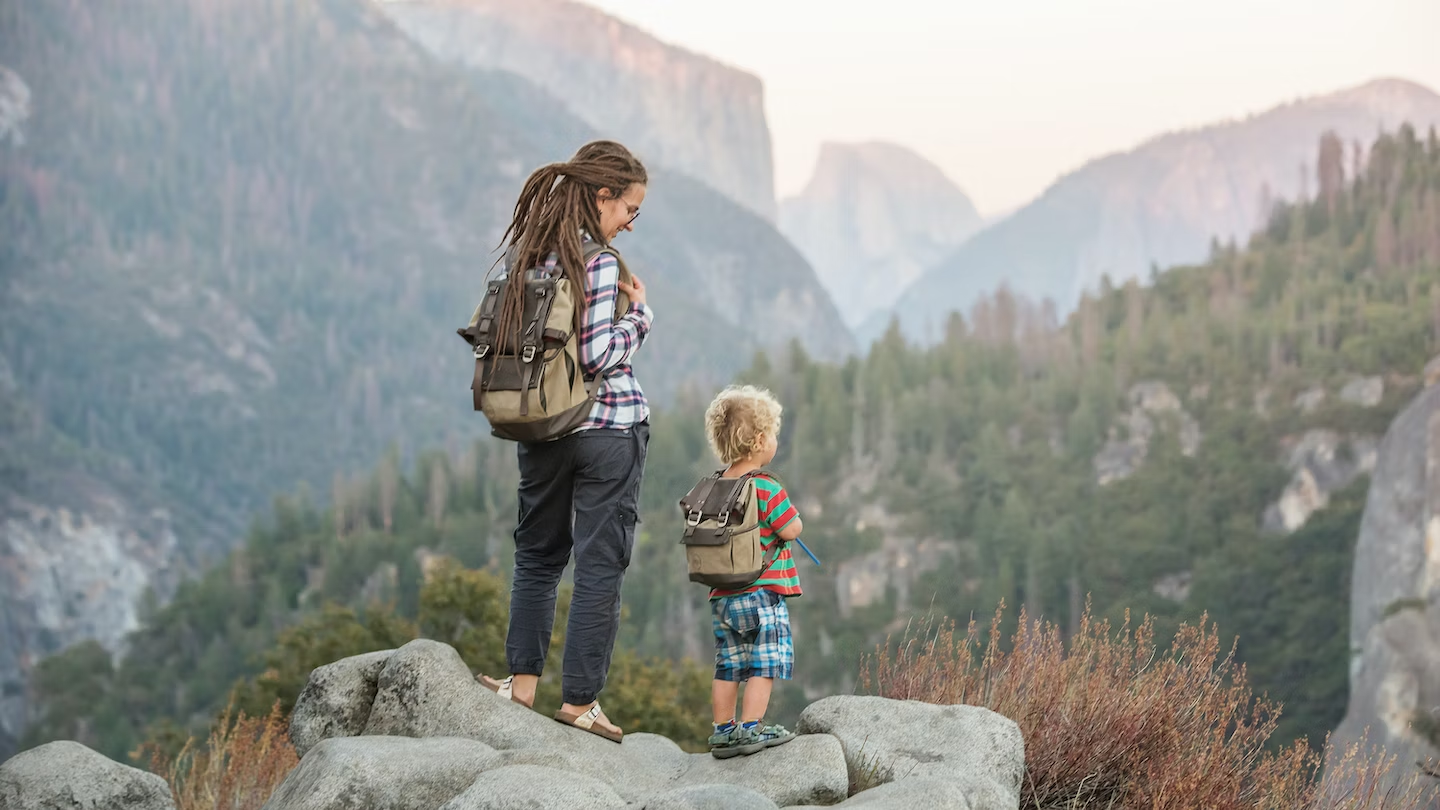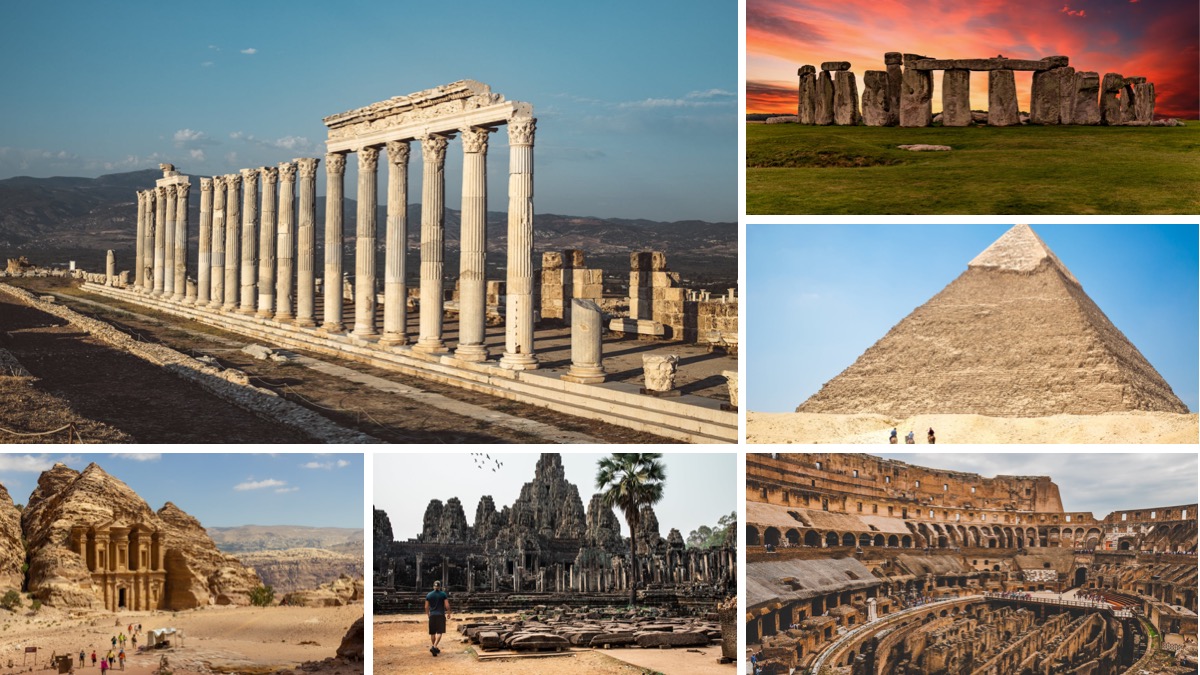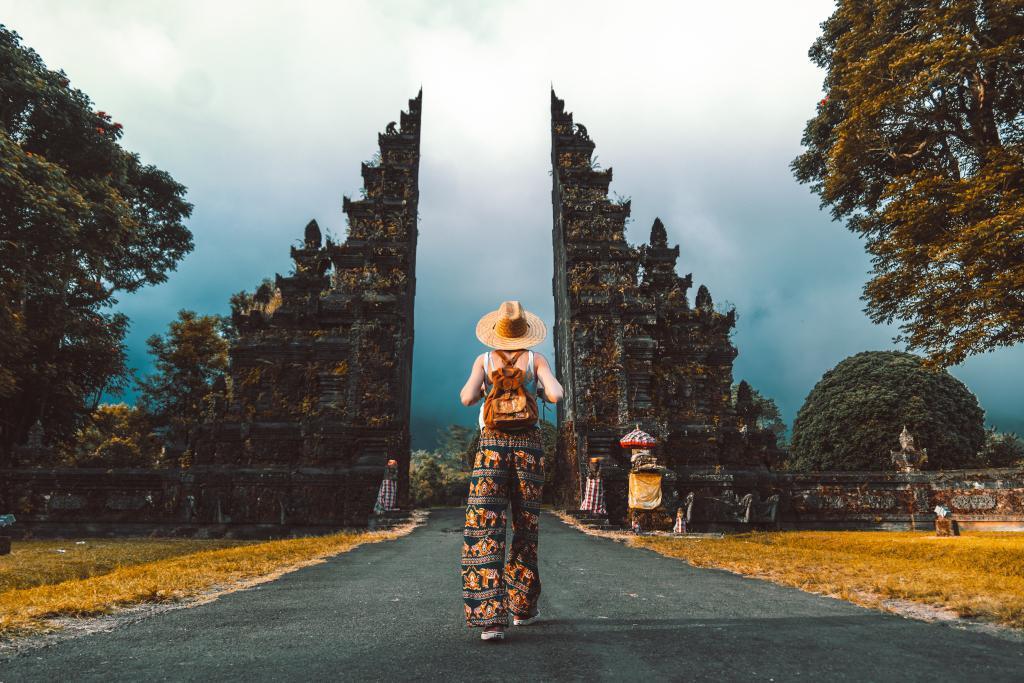
Landscapes are not only shaped by nature but also by the intricate dance of human culture, practices, and traditions. This exploration takes us on a journey through cultural landscapes, where the tapestry of traditions is woven into the very fabric of the terrain. As we delve into these diverse settings, we'll uncover cultural travel tips to navigate and appreciate these unique environments.
Terraced Fields of Bali, Indonesia
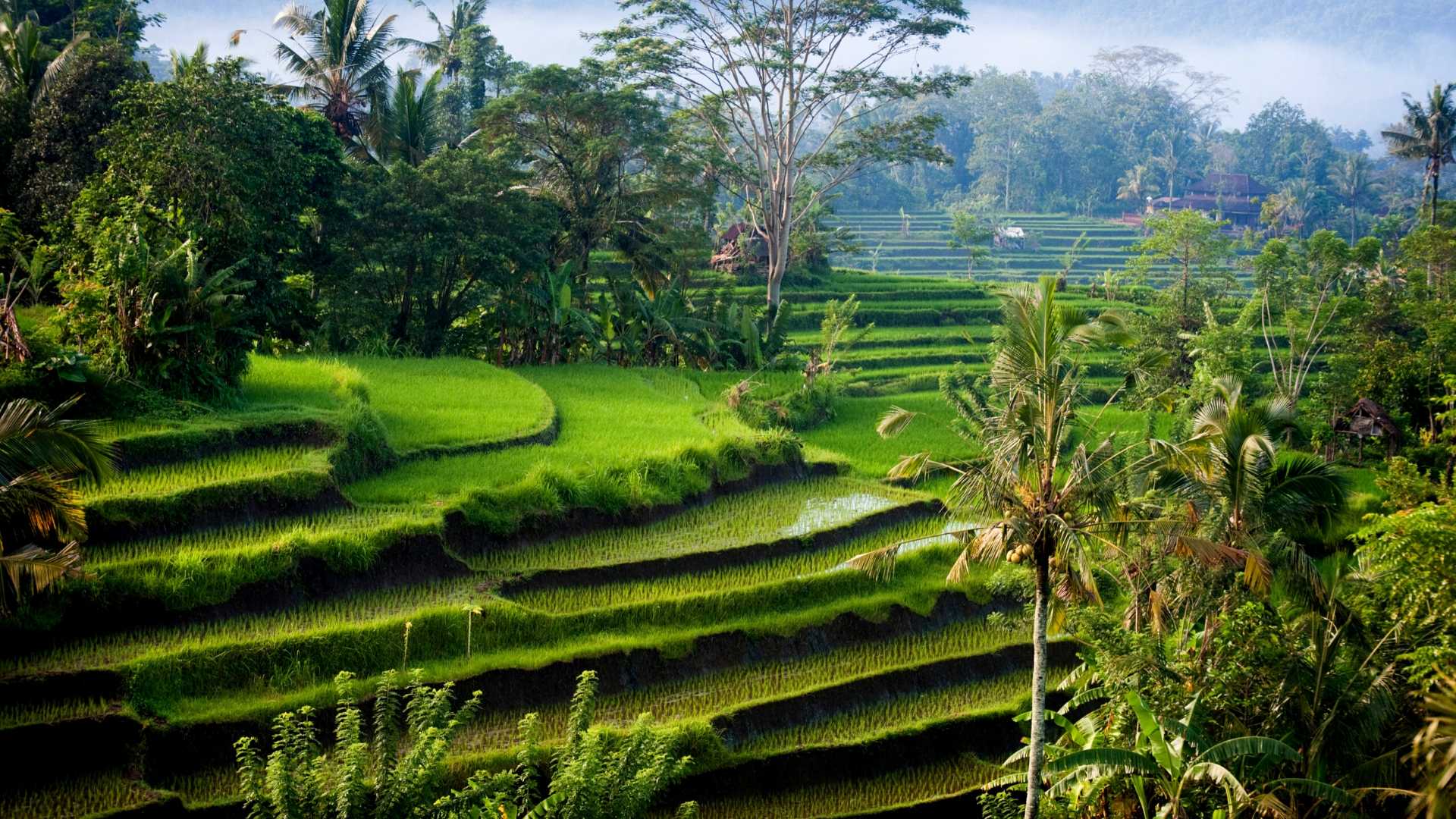
The vibrant green terraced fields of Bali, Indonesia, are a testament to the island's rich cultural practices. Shaped by the centuries-old Subak system, these fields reflect the Balinese philosophy of "Tri Hita Karana," promoting harmony with nature, humanity, and the divine. When exploring these landscapes, embrace the local traditions, participate in traditional ceremonies, and appreciate the interconnectedness of Balinese culture and the land.
Cultural Travel Tip: Engage with local farmers, attend traditional ceremonies, and respect the sacredness of the rice fields.
Cappadocia's Fairy Chimneys, Turkey
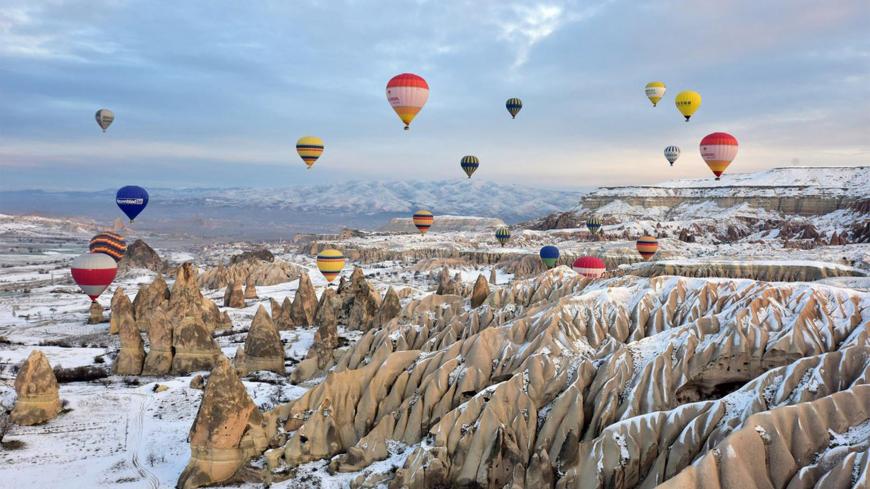
Cappadocia's otherworldly landscape, adorned with fairy chimneys and cave dwellings, is a canvas painted by ancient civilizations. Shaped by the unique architectural practices of the Hittites, Phrygians, and later, early Christians, the region tells a tale of cultural diversity. When visiting Cappadocia, explore the underground cities, attend local festivals, and savor the distinct Anatolian cuisine.
Cultural Travel Tip: Hire local guides to understand the history, participate in traditional craft workshops, and respect the sanctity of cave churches.
Scottish Highlands, United Kingdom

The sweeping landscapes of the Scottish Highlands are not just a visual feast; they echo the resilient spirit of Scottish traditions. Shaped by clans, tartans, and ancient castles, these moors and mountains are steeped in history. When venturing into the Highlands, immerse yourself in ceilidh dancing, savor traditional haggis, and explore historic sites like Eilean Donan Castle.
Cultural Travel Tip: Attend local ceilidh events, try traditional Scottish dishes, and support local artisans by purchasing authentic tartan goods.
Navajo Nation, USA
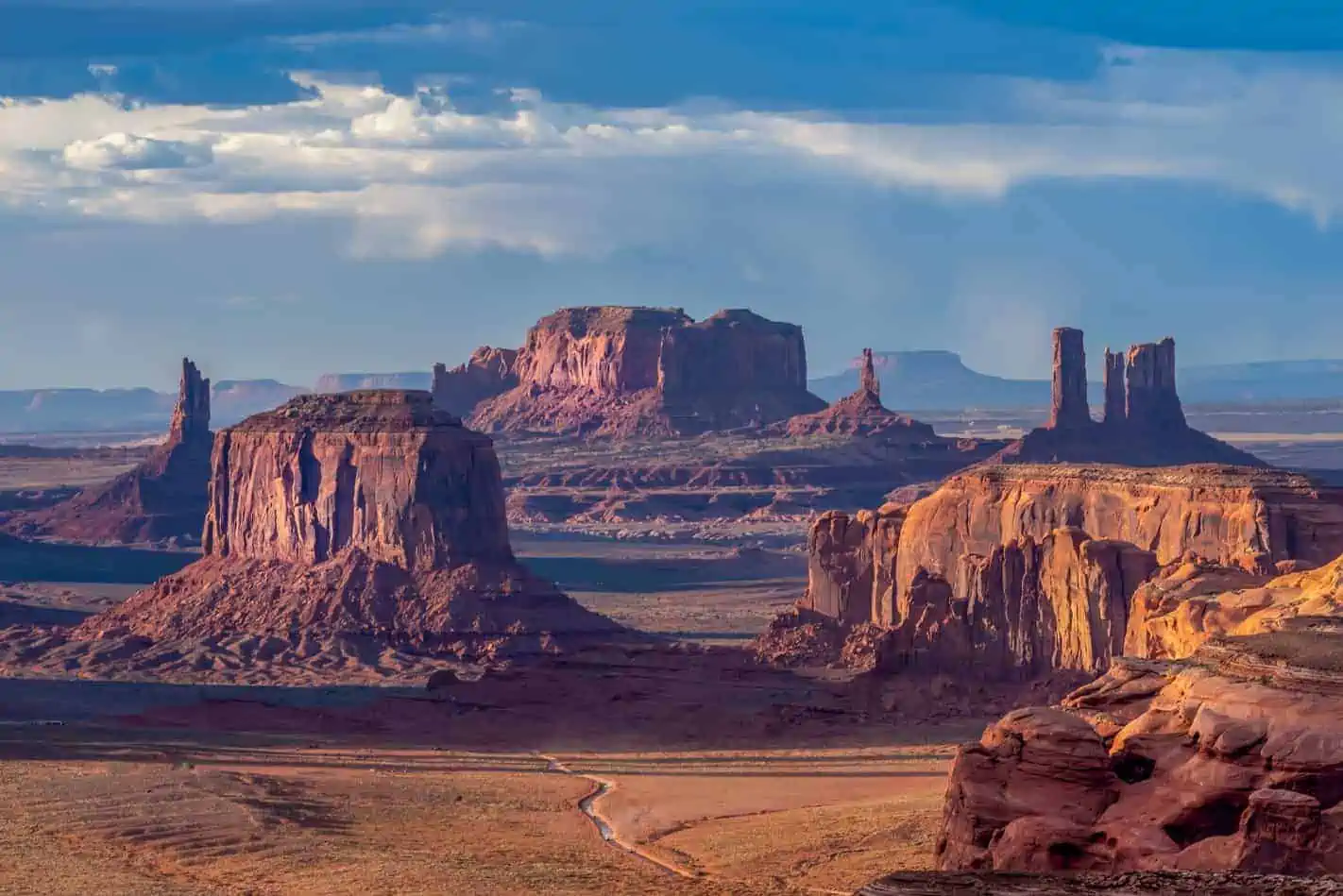
The vast mesas and canyons of the Navajo Nation in the American Southwest are a living canvas of Navajo culture. Shaped by centuries of storytelling, art, and spiritual practices, this landscape is sacred to the Navajo people. When exploring Navajo Nation, engage with local artists, respect sacred sites, and attend cultural events like the Navajo Nation Fair.
Cultural Travel Tip: Seek permission before taking photographs, purchase authentic Navajo art directly from artists, and learn about the significance of specific locations.
Provence Lavender Fields, France

The lavender fields of Provence, France, are not just a sensory delight; they reflect the region's agricultural traditions. Shaped by centuries of lavender cultivation, these fields are a symbol of Provencal craftsmanship. When experiencing the lavender landscapes, visit local markets, indulge in Provencal cuisine, and partake in lavender harvesting events.
Cultural Travel Tip: Respect private property, attend lavender festivals, and support local farmers by purchasing authentic Provencal products.
Cultural Travel Tips: Navigating Cultural Landscapes
Research Before You Go
Understand the cultural and historical background of the landscape you're visiting. This enhances your appreciation and minimizes unintentional cultural faux pas.
Respect Local Customs
Embrace local traditions and customs. Whether it's a traditional dance, a religious ceremony, or a culinary ritual, participating respectfully enriches your cultural experience.
Engage with Locals
Interact with local communities, listen to their stories, and learn about their way of life. This personal connection fosters mutual understanding and appreciation.
Support Local Businesses
Contribute to the local economy by supporting small businesses, artisans, and traditional craftsmen. This ensures that cultural landscapes continue to thrive.
Mind Your Environmental Impact
Preserve the natural and cultural heritage of the landscape by practicing responsible tourism. Minimize your environmental footprint and follow designated trails to protect delicate ecosystems.
Conclusion
Cultural landscapes are living narratives, shaped by the hands of generations past and present. Navigating these terrains requires not just an understanding of the physical geography but an appreciation for the cultural nuances that define them. As we explore these diverse settings, let us do so with respect, curiosity, and a genuine desire to connect with the traditions that shape the land.
.




